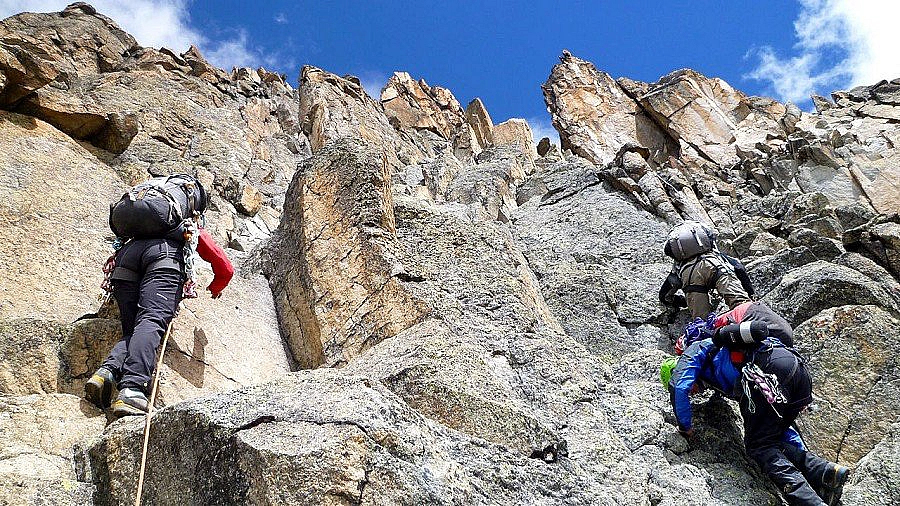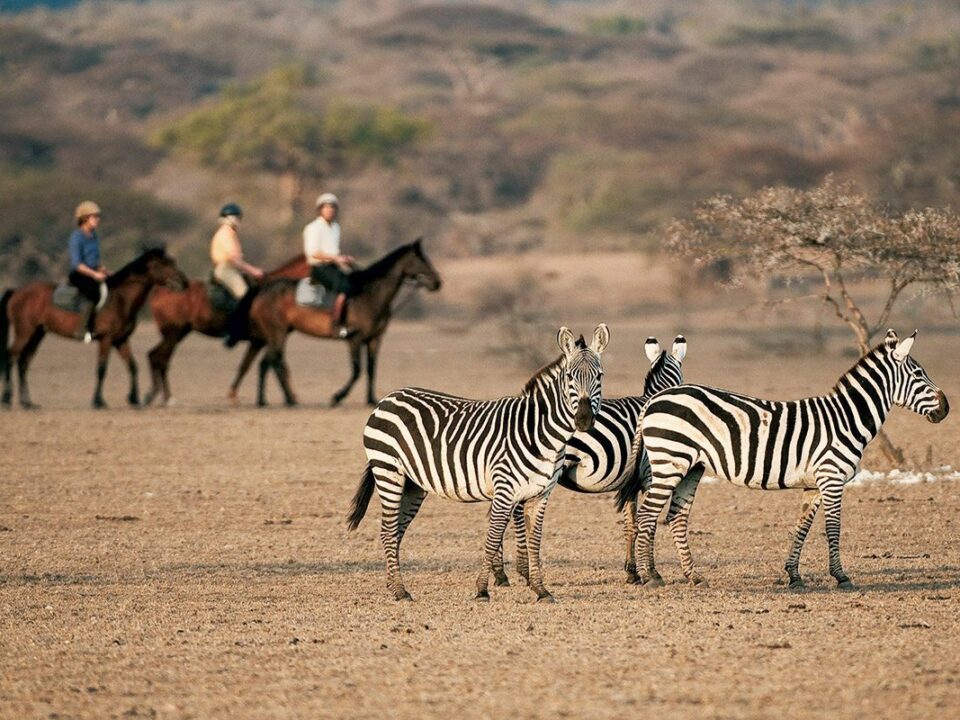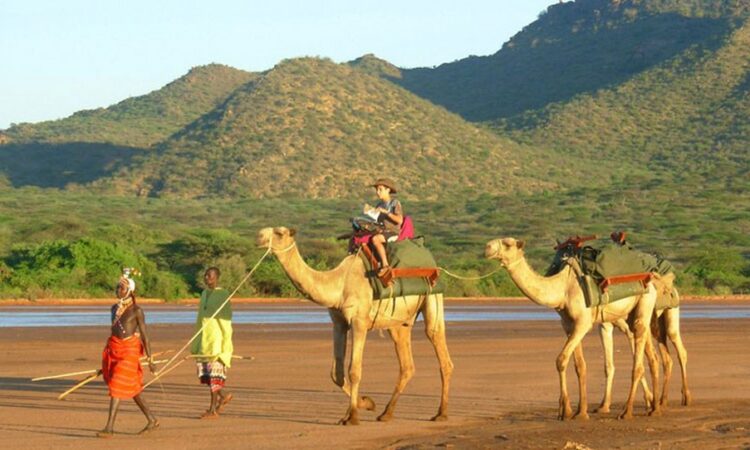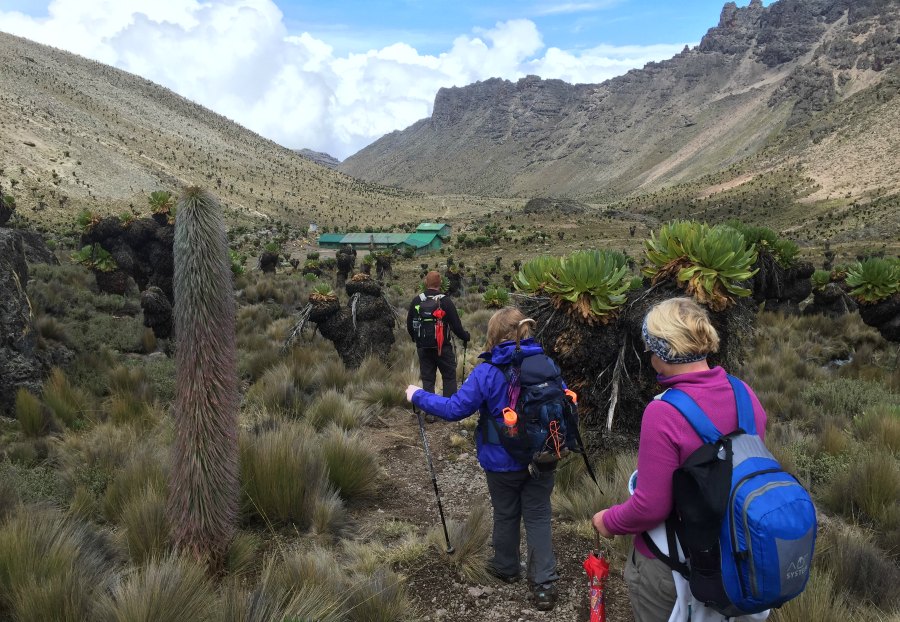- GET IN TOUCH WITH US:
- +256 753518160
- +256 777842166
- info@experiyatourcompany.com

Can I visit historical ruins on the Kenyan coast?
November 19, 2025
What’s the best route to climb Mount Kenya?
November 19, 2025Can I Climb Mount Kenya?
Mount Kenya, rising boldly from the heart of Kenya’s central highlands, is one of Africa’s most spectacular mountains. With its jagged volcanic peaks, ancient glaciers, high-altitude lakes, deep valleys, and enchanted Afro-alpine forests, it is both a UNESCO World Heritage Site and a deeply spiritual landmark for the Kikuyu people.
Travelers often ask: Can I climb Mount Kenya?
The answer is yes—absolutely. Mount Kenya is not only climbable, but it is considered one of the most beautiful trekking mountains in the world. Whether you want a challenging technical ascent to the true summit or a non-technical hike to Point Lenana, Mount Kenya offers routes suitable for different skill levels, fitness abilities, and adventure preferences. Climbing Mount Kenya is a rewarding journey through diverse ecological zones, offering breathtaking scenery and unforgettable outdoor experiences.
Can Anyone Climb Mount Kenya?
Yes, most travelers can climb Mount Kenya. The mountain has three main peaks:
• Batian (5,199m) – highest peak, technical climb
• Nelion (5,188m) – second-highest, also technical
• Point Lenana (4,985m) – third-highest, accessible via trekking
While Batian and Nelion are reserved for experienced climbers with ropes and technical skills, Point Lenana is accessible to reasonably fit hikers, making Mount Kenya one of the world’s most inclusive high-altitude destinations.
With proper acclimatization, a good guide, and the right gear, the climb is absolutely achievable.
Why Climb Mount Kenya?
Mount Kenya offers a truly unique trekking experience. It is less crowded than Mount Kilimanjaro, more dramatic in scenery, and rich in biodiversity. Here is what makes it special:
1. Breathtaking Landscapes
As you climb, you pass through different ecological zones:
• tropical rainforest
• bamboo belt
• rosewood and giant heather forests
• alpine moorland with unique plants
• rocky alpine desert
• glacier-carved valleys and tarns
This variety makes every step of the climb fascinating.
2. Unique Afro-Alpine Flora
Mount Kenya is home to some of the rarest plants on earth, found only in East Africa’s high-altitude zones:
• giant lobelias
• senecio (giant groundsels)
• everlasting flowers
These plants give the landscape a prehistoric, otherworldly look.
3. Wildlife Viewing
Although not guaranteed, climbers may encounter:
• buffalo
• elephants
• hyrax
• colobus monkeys
• sunbirds
• eagles
• duikers
Mount Kenya is a paradise for nature lovers.
4. Stunning Sunrises
Watching the sunrise from Point Lenana is one of the most extraordinary mountaineering experiences in Africa. When the sky turns pink and orange, the peaks glow, and distant landscapes unfold beneath you.
5. Quiet, Less Crowded Trails
Unlike Kilimanjaro, Mount Kenya offers a peaceful, intimate trekking experience. You may go hours without encountering another group, allowing you to connect deeply with the mountain’s natural beauty.
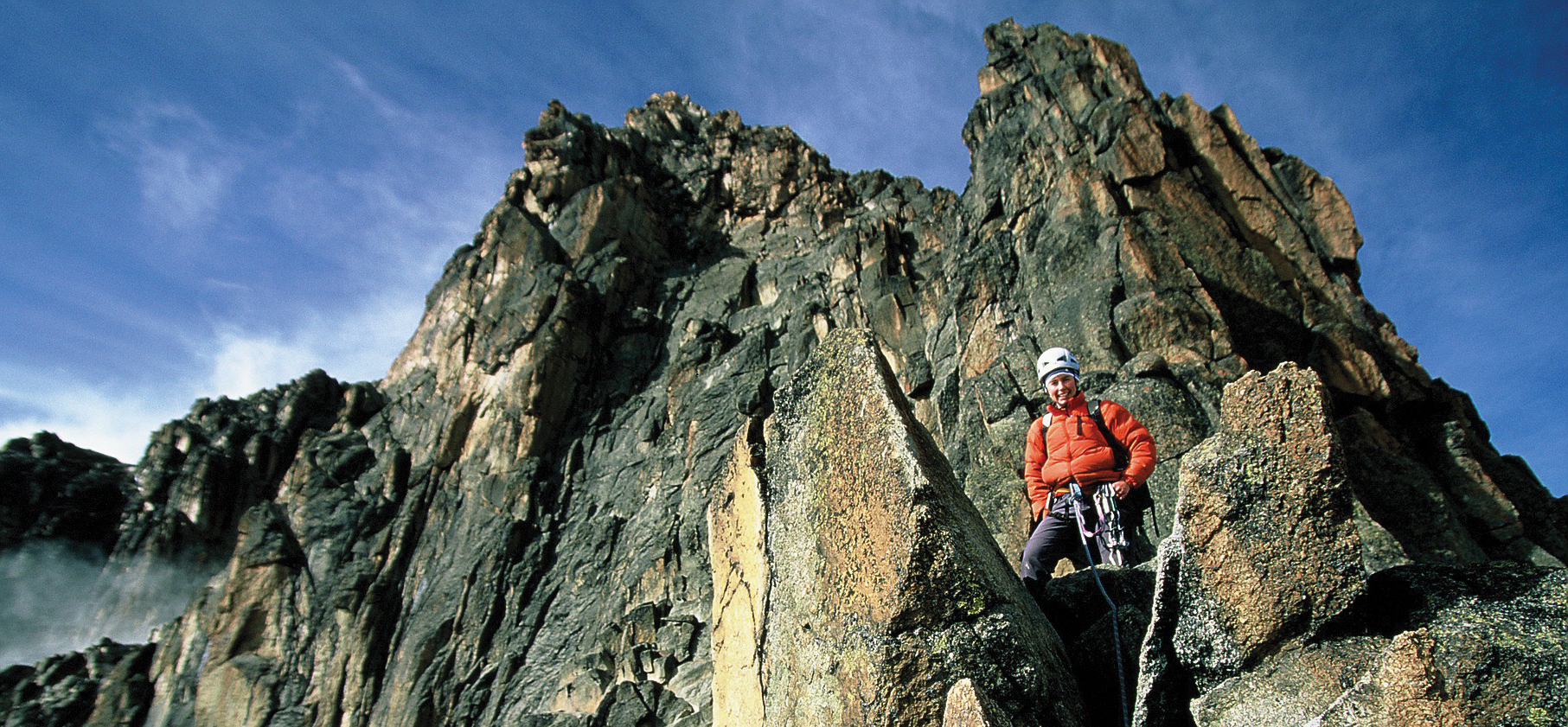 Which Route Should I Use to Climb Mount Kenya?
Which Route Should I Use to Climb Mount Kenya?
Mount Kenya offers several beautiful trekking routes, each with its own character, difficulty, and scenery.
1. Sirimon Route (Most Popular)
Approach: North-west side of the mountain
Duration: 3–6 days
Difficulty: Moderate
Highlights:
• gradual ascent
• stunning high-altitude landscapes
• excellent acclimatization
Sirimon is the most popular route because it offers a gentle climb and spectacular views.
2. Naro Moru Route (Fastest but Steepest)
Approach: Western side
Duration: 3–5 days
Difficulty: Moderate to strenuous
Famous for: The Vertical Bog—a muddy, steep stretch
Naro Moru is the quickest route but requires strong fitness due to steep sections.
3. Chogoria Route (Most Scenic)
Approach: Eastern side
Duration: 4–6 days
Difficulty: Moderate
Highlights:
• Gorges Valley
• Lake Ellis and Lake Michaelson
• dramatic cliffside views
Often considered the most beautiful route on Mount Kenya, Chogoria is ideal for scenery lovers.
4. Combo Routes (Highly Recommended)
Many trekkers choose to ascend via Sirimon and descend via Chogoria, combining gentle gradients with spectacular scenery.
This is arguably the best Mount Kenya trekking experience.
How Long Does It Take to Climb Mount Kenya?
Typical climbing durations are:
• 3 days – fast ascent (only recommended for very fit and acclimatized climbers)
• 4 days – most common itinerary
• 5–6 days – best for acclimatization and enjoyment
A longer climb increases your chances of reaching Point Lenana safely.
Is Climbing Mount Kenya Difficult?
The difficulty level depends on the route and your fitness, but reaching Point Lenana is moderate in difficulty. You do NOT need technical climbing experience.
Challenges include:
• altitude sickness
• steep ascents
• cold weather at the summit
• long walking days
With a trained guide, proper pacing, and acclimatization, most people reach the summit successfully.
What Is the Best Time to Climb Mount Kenya?
Mount Kenya can be climbed year-round, but the best conditions are during the dry seasons:
Best Months
• January–March
• July–October
These periods offer clear skies, less rain, and stable climbing conditions.
Avoid: April–June and November
These months have more rain, slippery trails, and cloud cover.
What Should I Pack for a Mount Kenya Climb?
Packing well is essential for safety and comfort.
Must-Have Items
• waterproof hiking boots
• warm thermal layers
• hiking trousers
• waterproof jacket
• gloves and warm hat
• sleeping bag (rated to at least -10°C)
• trekking poles
• hydration system
• snacks and energy bars
Guides usually supply cooking equipment, tents, and some shared gear.
Do I Need a Guide to Climb Mount Kenya?
Yes, hiring a guide is required and essential for:
• navigation
• safety checks
• altitude management
• campsite arrangement
• cooking and water preparation
Local guides are experienced, knowledgeable, and vital to a successful hike.
How Much Does It Cost to Climb Mount Kenya?
Costs vary depending on route, duration, and accommodation type.
Average cost for midrange climbs:
• 3-day trek: $450–$750
• 4–5 day trek: $650–$1,200
Higher-end options with private guides, premium gear, and lodge accommodations cost more.
Prices include park fees, guiding, meals, porters, and accommodation.
What Is the Experience Like on the Mountain?
Climbing Mount Kenya is a journey through:
• pristine forests filled with birdlife
• bamboo zones with playful monkeys
• moorlands covered in giant flora
• high-altitude lakes and tarns
• rocky alpine landscapes
Days consist of:
• morning hikes
• leisurely lunches
• afternoon acclimatization walks
• evening meals under starlit skies
The summit day begins around 2:00 to 3:00 AM, aiming to reach Point Lenana at sunrise.
Standing on the summit, watching the world awaken beneath you, is an unforgettable moment.
How Safe Is Climbing Mount Kenya?
Climbing is safe when you go with a reputable guide. Risks include:
• altitude sickness
• changing weather
• slippery trails in rainy seasons
• cold temperatures
Guides monitor your pace, hydration, and symptoms to ensure a safe climb.
Wildlife Encounters on Mount Kenya
There is a chance to spot:
• buffalo
• hyrax
• monkeys
• antelopes
• unique birds
Wildlife sightings add excitement but also require caution—guides ensure trails are safe.
Can I Climb Mount Kenya?
Yes, you can absolutely climb Mount Kenya—and it is one of the most rewarding adventure experiences in Africa. Whether you aim for the trekking summit at Point Lenana or dream of a technical climb to Batian or Nelion, Mount Kenya offers unparalleled scenery, diverse ecosystems, and a peaceful, less-crowded alternative to other high peaks.
A well-planned Mount Kenya climb blends adventure, culture, nature, and physical challenge into one unforgettable experience. With the right guide, good preparation, and thoughtful pacing, this magnificent mountain welcomes adventurers of all backgrounds.
For a flawless Mount Kenya climbing experience—with expert guides, proper logistics, acclimatization planning, and personalized support—book your trek with Experiya Tour Company. Their experienced team ensures your climb is safe, memorable, and perfectly tailored to your adventure goals.

